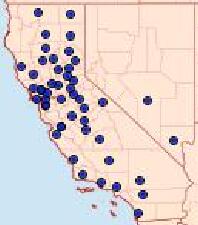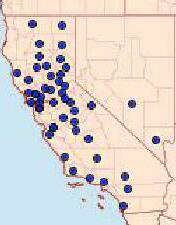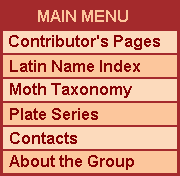
|

Digital Guide to Moth Identification |
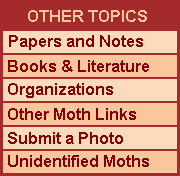
|
|
Compiled and Edited by Kelly Richers | |||
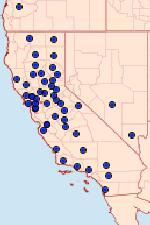 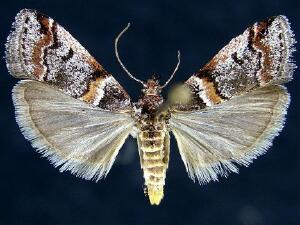
|
 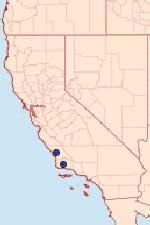
| ||
 
|  
| ||
| |||
| 167950 – 5655 – Acrobasis tricolorella Grote, 1878 – Destructive Pruneworm Moth | |||
| |||
Moth Photographers Group at the Mississippi Entomological Museum at the Mississippi State University
Sesiidae_Test.shtml -- 01/10/2012
